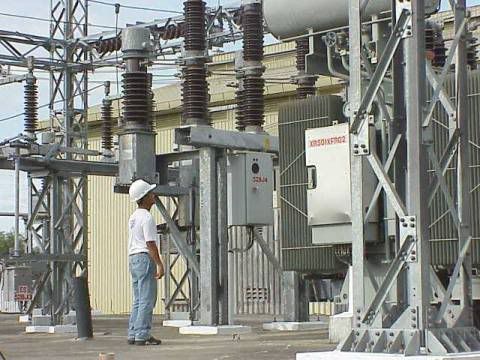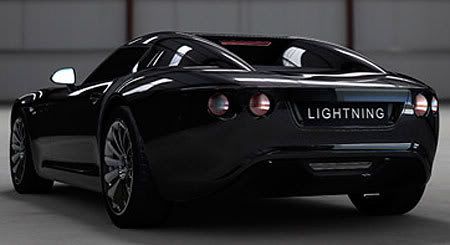
Our already substantial 120-year investment in an electric infrastructure in industrial countries, makes the transition to a electricity based energy economy less expensive.
http://gristmill.grist.org/story/2008/8/21/124135/768
Posted by Michael Hoexter (Guest Contributor) at 8:08 AM on 22 Aug 2008
There are sound physical reasons why the three main contenders for the energy supply for transport turn out to be the three electron economies: renewables, nuclear, and coal CCS. We have determined there that electric drive vehicles either attached to the grid or powered by some version of a battery can do most of the on-land transport tasks now dependent on oil supplies. There are other reasons why electricity is valuable for driving stationary machinery as well, which we will go into later.
Why then is electricity preferable to biofuels, hydrogen, and coal-to-liquids? In addition to zero emissions at end use, electricity has benefits in efficiency and availability in almost all stages of its production, transmission, and consumption. Electric generators can be built to use a wide variety of types of energy (heat, light, mechanical energy) to create the highly usable and flexible energy carrier, electric current. In other words, electricity is the ultimate in "flex-fuel." All renewable energies (wind, sun, geothermal heat, wave, tidal, biomass, natural chemical, and thermal gradients ) can be converted into electricity with existing technologies. In addition, while we must shift the way we generate electricity in most instances, this is not a full-scale rebuilding of our energy system, but a modification of existing infrastructure -- so in the end, less expensive.
Existing electrical generation technologies convert a fairly large amount of the primary energy they receive into electric energy. Current solar panels, for instance, can convert anywhere from 10 percent to 40 percent of the energy of the sun into electricity, depending on the technology; by contrast, plants convert at most 1 percent of the energy of the sun into biomass, an energy harvest that is further reduced if that biomass is converted into a liquid biofuel rather than burned in a biomass electric generation facility.

Electric motors are so compact that this electric sports car, has a 120kw (163 horsepower) electric motor in each of the hubs of its wheels, each of which weighs 55 lbs; an equivalent internal combustion engine would be several times larger and heavier as well as much more inefficient.
Additionally, electric motors, because of the physics of the electromagnetic force, are incredibly efficient at generating torque, the useful product of engines and motors. An electric motor of medium or larger size (90-95 percent efficient) requires somewhere between one-third and one-quarter the amount of energy to do the same work as an internal combustion engine (20-30 percent efficient). They therefore generate 3 to 4 times more torque per unit energy input than all but the largest and most efficient house-sized diesel ship engines (50 percent efficient).
Electricity can also be used for a huge variety of functions for the end user: generating mechanical movement, heat, light, and sound. So electricity is both flex-fuel and flex-use. It is no wonder that, even with no consideration of current energy and climate concerns, more and more devices have been designed with more electronic components to increase their functionality, including petroleum powered automobiles (electronic fuel injection, stability control, drive by wire, etc.).
Electricity's weakness has been that electrical energy storage is bulky and heavy in comparison to the portable liquid fuels to which it is often compared. Batteries and ultracapacitors are still relatively large and expensive compared to a liquid fuel tank and the hydrocarbons that are pumped into it. As the drawbacks of fossil fuels are starting to be more widely recognized, the positive attributes of alternatives are once again being recognized. Also, substantial investment is once again flowing into resolving this one final hitch in electricity's otherwise near-ideal attributes -- and the technological development curve promises rapid advances.
In the distant future, we may have other energy carriers with more favorable characteristics, but for the foreseeable future it makes the most sense to build on the advantages of electricity.
Next up: the best way to generate electricity.
0 件のコメント:
コメントを投稿